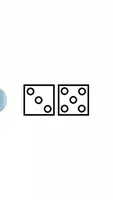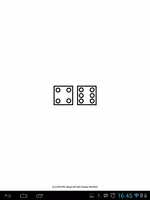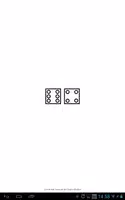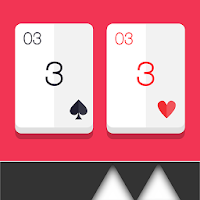Dice, fundamental tools for games and random number generation, come in diverse shapes and sizes. This guide introduces two common types within a concise 100-word description: The ubiquitous six-sided cube, numbered 1-6, is a staple in board games and casino classics like craps. Less prevalent, yet equally useful, is the four-sided tetrahedron, displaying numbers 1-4. Both ensure fair and unpredictable results, making them indispensable for various games.
Objective
The aim is to achieve pre-determined combinations or sums using dice rolls, as defined by the game's rules.
Gameplay
- Setup: Two six-sided dice and an optional scorecard are needed.
- Rolling: Players alternate turns rolling both dice.
- Scoring: Points are awarded based on the dice roll outcome.
Basic Rules
- Dice Sum: Points equal the total of the two dice.
Specific Combinations:
- Doubles: (e.g., two 3s) yield bonus points.
- Seven: Rolling a total of seven often carries extra point value.
Scoring Example
Total Score: Accumulate points from each roll.
Special Rolls:
- Doubles: +10 points
- Total of 7: +5 points
Variations
- Target Score: Establish a target (e.g., 50 points). The first player to reach it wins.
- Rounds: Play a fixed number of rounds; the highest total score wins.
Tips
- Enjoyment: Simplicity is key; prioritize fun with companions.
- Score Tracking: Tracking scores enhances the competitive aspect.




















